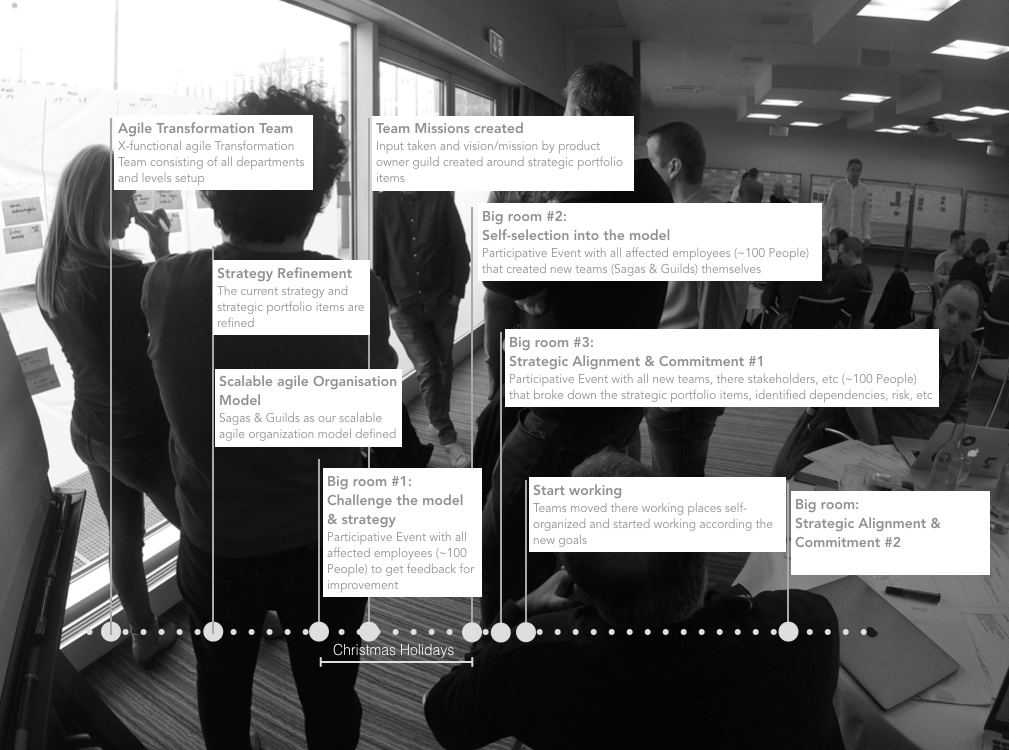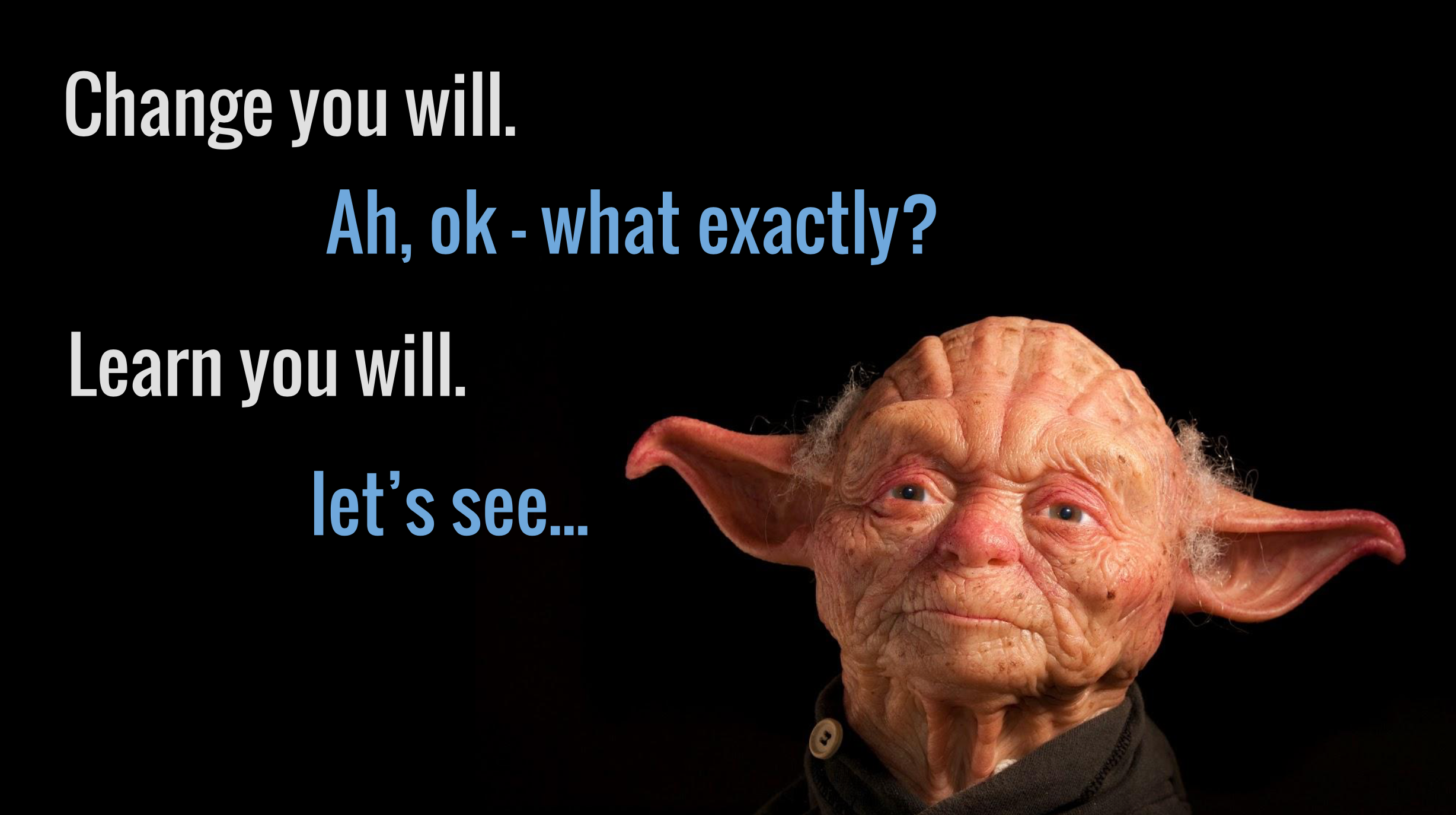The Value of Trust
The graphic below, which I saw in a presentation recently, resonated very well with me and inspired me to write this short blog post on what Scrum has to do with trust.
First things first: Does Scrum infuse trust automatically? No it doesn’t. But, Scrum – if done right – is a trust building system in the sense that it makes it likely that the level of trust both within the team and between the team and stakeholders increases continuously.
Why do we care? Well, the value of trust can clearly be recognized by studying the above graphic.
What is Trust?
“The best way to find out if you can trust somebody is to trust them.”
Before I get into how Scrum does this, we need to agree on what trust actually is. According to Merriam-Webster, trust is the “assured reliance on the character, ability, strength, or truth of someone or something”. Good enough, we can work with that.
Now, how do we build trust? Simply by allowing somebody to screw us over – and they don’t.
My son stepping out of the fall, because
he is having doubts about whether his
twin sister will catch him in time
Trust Fall
You probably know this exercise called Trust Fall. Sometimes done as a team building exercise where one person lets himself fall blindly (preferably from an elevated point) into the arms of their team. Sometimes done with just two people.
On command, you let yourself fall backwards into the arms of the partner behind you. You’ll need to trust that person to catch you.
If you don’t trust the catcher, your instinct will probably tell you to step out of the fall shortly before you pass the point of no return. It is almost like a reflex.
By default, most people would probably not trust a stranger to catch them.
What if the stranger tells you that he has done this a hundred times before and is a fantastic catcher? She shows you her technique and has diplomas and references from previous catchees. Would you then trust her? Maybe a tad more, but chances are that you still would step out if she attempts to catch you late on the first run.
What usually works to gain trust though is to let the catcher start off standing really close to you the first time so that they catch you early – a long time before you would have to react anyway. Then gradually let them move further and further back.
My daughter trusting me completely - a great feeling for both of us.
Scrum
It is similar with projects … If you have never worked with a team, a company, a product owner before, why should or would you trust them to get the job done?
To some extent trust is transitive, meaning if person A trusts person B, and person B trusts person C, then person A (to some extent anyway) also trusts person C. That is why brands and advertisement with celebrities work so well. If my buddy “trusts” Lacoste, I trust Lacoste (a bit). If Roger Federer trusts Rolex and I trust Roger Federer, I also trust Rolex a bit more than I otherwise would have done.
Mostly however, you would need a good direct working relationship with somebody to build trust with them.
After a number of successful projects together you would begin to trust them more and more to get the job done, and you would possibly have to rely less and less on controlling structures (status reporting, processes, policies, KPIs, scorecards, incentives, clear roles and responsibilities, budgets, detailed specifications, steering committees, etc.) to ensure the goal is reached.
And that, ladies and gentlemen, is exactly what Scrum is. A series of tiny projects (aka sprints) which deliver actual value at the end and which therefore enable you to incrementally build trust in the process, the outcome, and the Scrum team.
Contribute!
I’m sure you have your own favourite trust story, anecdote, or quote. Share it in the comments! If you disagree with my points above or think something is missing – let me know. Any feedback is good feedback.























